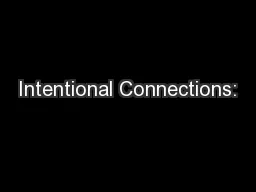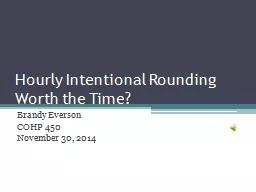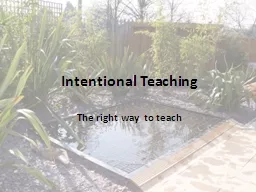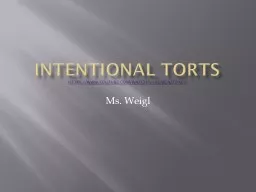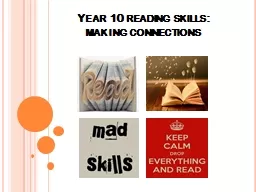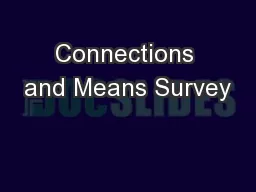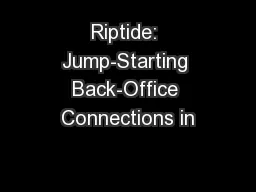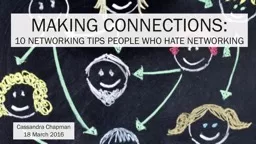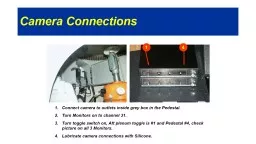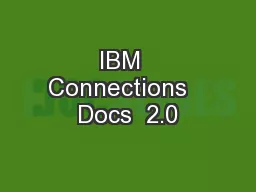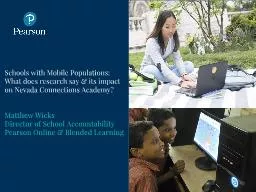PPT-Intentional Connections:
Author : tatyana-admore | Published Date : 2018-12-04
Providing Low Level Students with Pathways to Success State Mandates New TSIA began Fall 2013 Students Score College Ready Developmental Education with Diagnostics
Presentation Embed Code
Download Presentation
Download Presentation The PPT/PDF document "Intentional Connections:" is the property of its rightful owner. Permission is granted to download and print the materials on this website for personal, non-commercial use only, and to display it on your personal computer provided you do not modify the materials and that you retain all copyright notices contained in the materials. By downloading content from our website, you accept the terms of this agreement.
Intentional Connections:: Transcript
Download Rules Of Document
"Intentional Connections:"The content belongs to its owner. You may download and print it for personal use, without modification, and keep all copyright notices. By downloading, you agree to these terms.
Related Documents

